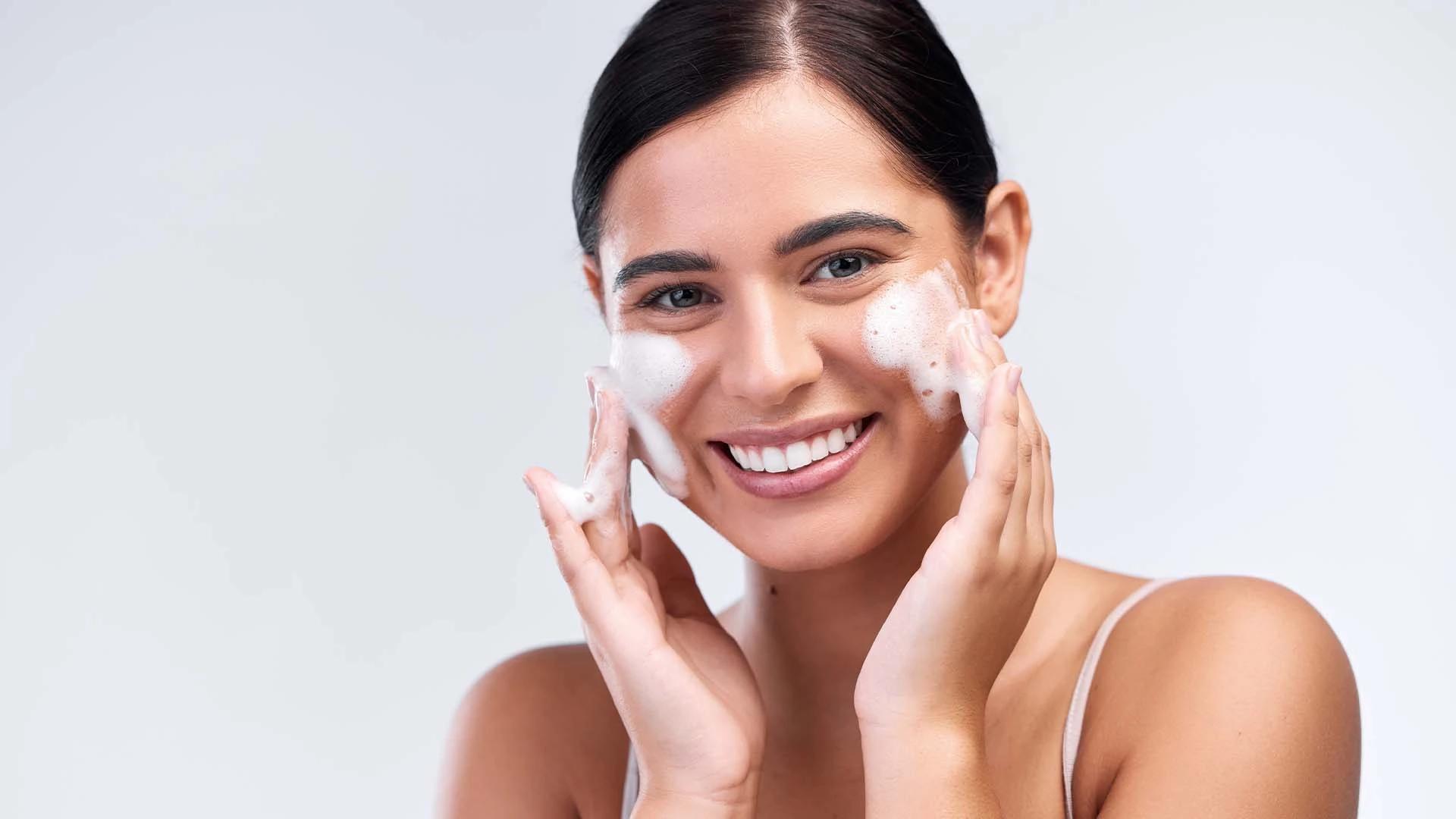Having the right product is only half the battle—using it correctly makes all the difference. Most people expect results too quickly or don't use products consistently enough to see real changes.
**Application technique** matters. Most treatments work best on clean, dry skin. Apply a thin, even layer and give it time to absorb before layering other products. **Frequency** depends on the product—some can be used twice daily, whilst others should start as once-weekly treatments.
**Sunscreen is non-negotiable** when using any pigmentation treatment. Many actives make your skin more photosensitive, and sun exposure can undo all your progress. Use broad-spectrum SPF 30 or higher daily, even when indoors.
Patience is key—most pigmentation treatments take **8-12 weeks** to show noticeable results. Consistency beats intensity every time.
Complementary Treatments for Pigmentation
Whilst topical skin whitening ointments and serums form the backbone of pigmentation treatment, combining them with other approaches often yields better results. Professional treatments can fast-track your progress.
**Chemical peels** and **laser treatments** offered by dermatologists can provide more dramatic results, especially for stubborn pigmentation. These work well alongside your at-home routine.
**Lifestyle changes** matter too. Consistent **sun protection**, a **vitamin C-rich diet**, and **adequate sleep** all support your skin's healing process. Some people find that reducing stress and managing hormones also helps with pigmentation management.
Adjust your overall **skincare routine** to support your pigmentation treatment. Gentle cleansing, adequate moisturising, and avoiding harsh scrubs all help your treatment work more effectively.
Potential Side Effects and Precautions
Even the gentlest pigmentation treatments can cause reactions in some people. Knowing what to watch for helps you use products safely and effectively.
Common side effects include **mild irritation**, **redness**, **dryness**, or **peeling**—especially when starting new treatments. These often improve as your skin adjusts, but severe reactions warrant stopping the product.
**Patch testing** is crucial, especially with potent ingredients like hydroquinone or high-concentration acids. Test on a small area for 24-48 hours before using on your face.
Some ingredients can make your skin more **sun-sensitive**, so always use sunscreen. If you're pregnant or breastfeeding, check with your healthcare provider before using any pigmentation treatments.
Frequently Asked Questions
How long does it take to see results from pigmentation creams?
Most people start seeing improvements after 8-12 weeks of consistent use. However, deeper pigmentation might take 6 months or longer to fade significantly. Patience and consistency are key to success.
Can I use multiple products for pigmentation at once?
Yes, but introduce them gradually. Start with one product and add others slowly to avoid irritation. Some combinations work synergistically, whilst others might cause reactions when used together.
Are natural remedies effective for treating pigmentation?
Some natural ingredients like vitamin C, kojic acid, and alpha arbutin are effective. However, most natural remedies are gentler and slower-acting than clinical-strength treatments. They can be good starting points for sensitive skin.
Can pigmentation creams be used during pregnancy?
Many ingredients commonly used for pigmentation aren't recommended during pregnancy or breastfeeding. Vitamin C and niacinamide are generally considered safe, but always consult your healthcare provider first.
Final Thoughts
Finding the best cream for pigmentation on face isn't about finding the most expensive option or the latest trend—it's about understanding your skin's specific needs and choosing products with proven ingredients. Whether you're dealing with melasma, sun spots, or post-acne marks, the right combination of active ingredients, consistent use, and proper sun protection can help you achieve the even skin tone you're after. Remember, pigmentation treatment is a marathon, not a sprint. Be patient with the process, gentle with your skin, and don't hesitate to seek professional advice when needed. Your skin's journey to clarity is unique, and finding what works for you might take some experimentation—but the results are worth the effort.

 30 gm
30 gm 50 ml
50 ml 50 gm
50 gm 50 gm
50 gm